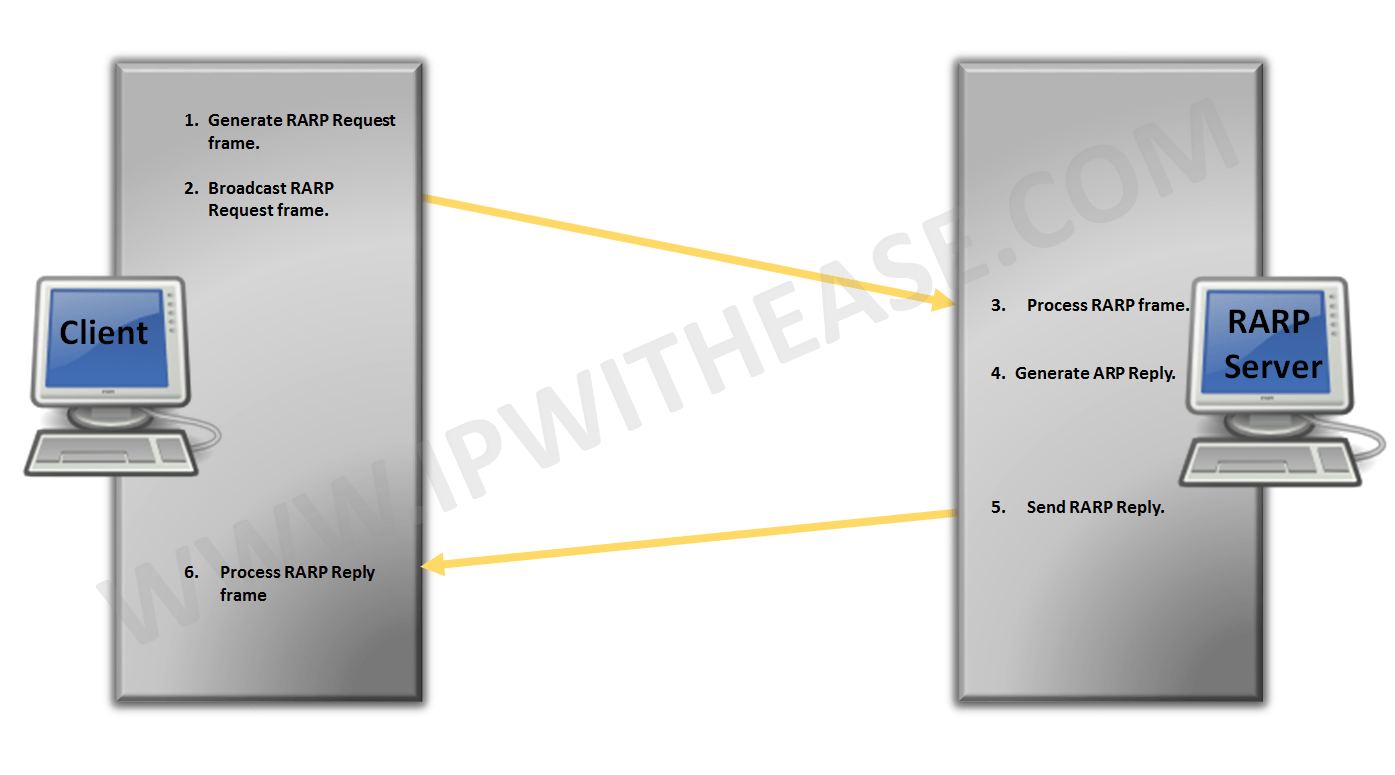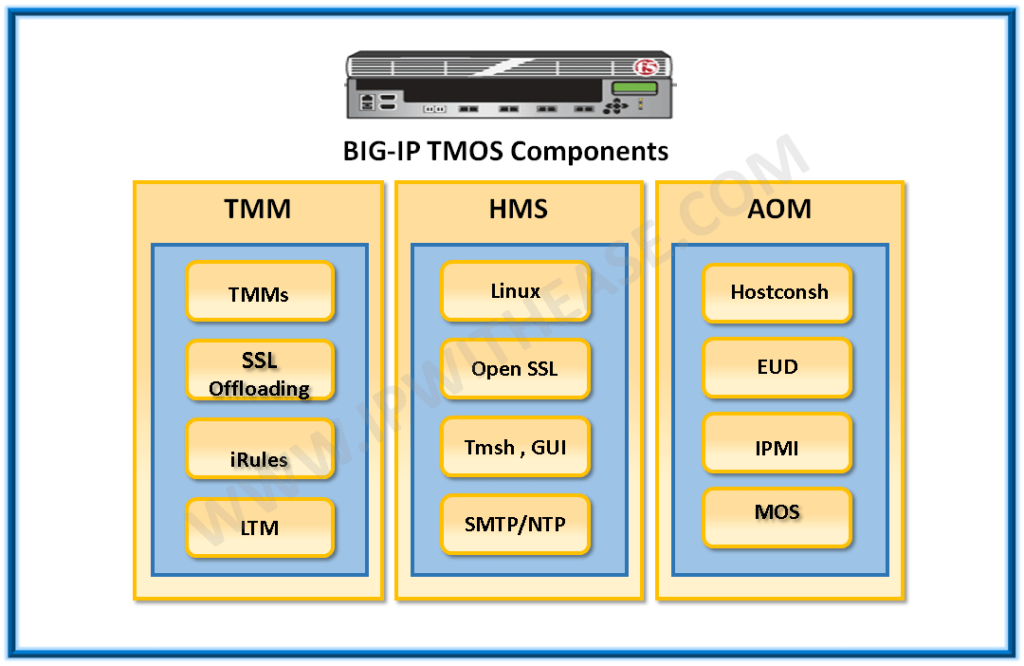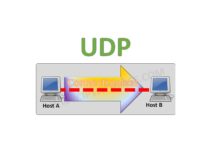Table of Contents
What is RARP Protocol?
RARP is an abbreviation for Reverse Address Resolution Protocol. RARP is a TCP/IP protocol that is responsible for the translation of Physical Address (e.g. – Ethernet address) to be translated into an IP address.
Hosts like diskless workstations only have their hardware interface addresses or MAC address, but not their IP addresses. They must discover their IP addresses from an external source, usually via RARP protocol. RARP is defined in RFC 903.
RARP protocol is described in Internet Engineering Task Force (IETF) publication RFC 903 It has been considered obsolete with inventing to new methodologies like the Bootstrap Protocol (BOOTP) and the DHCP.
Both the new methods support a much greater feature set than RARP protocol.
RARP requires one or more server hosts to maintain a database of mappings of Link Layer addresses to their respective protocol addresses.
Media Access Control (MAC) addresses need to be individually configured on the servers by an administrator.
RARP is limited to serving only IP addresses.
Steps to Achieve the IP Address from RARP Server
Below is the step by step procedure how RARP is responsible for the transaction of achieving the IP address from RARP server –
- Source Device “Generates RARP Request Message” – The source device generates a RARP Request message. The Source puts its own data link-layer address as both the Sender Hardware Address and also the Target Hardware Address. It leaves both the Sender Protocol Address and the Target Protocol Address blank.
- Source Device “Broadcasts RARP Request Message” – The source broadcasts the ARP Request message on the local network.
- Local Devices “Process RARP Request Message” – The message is received by each device on the local network and processed. Devices that are not configured to act as RARP servers ignore the message.
- RARP Server Generates RARP Reply Message: Any device on the network that is a RARP server responds to the broadcast from the source device. It generates a RARP Reply and sets the Sender Hardware Address and Sender Protocol Address to its own hardware and IP address of course. It then sets the Target Hardware Address to the hardware address of the original source device. It looks up in a table the hardware address of the source, determines that device’s IP address assignment, and puts it into the Target Protocol Address field.
- RARP Server Sends RARP Reply Message: The RARP server sends the RARP Reply message unicast to the device looking to be configured.
- Source Device Processes RARP Reply Message: The source device processes the reply from the RARP server. It then configures itself using the IP address in the Target Protocol Address supplied by the RARP server.
Related – RARP vs DHCP
To know more about ARP & RARP Protocol watch this video –
ABOUT THE AUTHOR

You can learn more about her on her linkedin profile – Rashmi Bhardwaj



